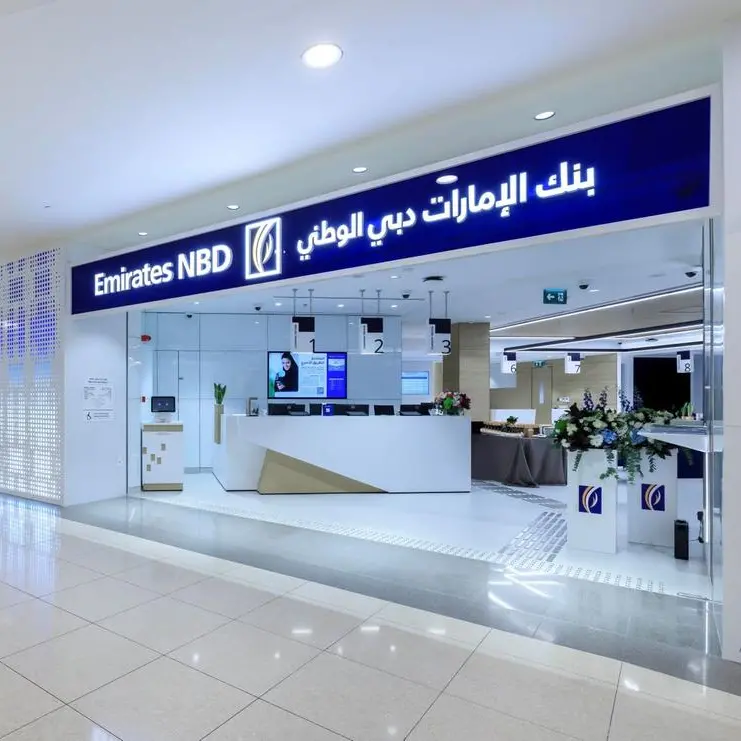An augmented reality tool that allows users to “visit” many of Saudi Arabia’s historical wonders through their smartphones has been developed by the American camera and social media company Snap — best known for its popular app Snapchat.
Unlike virtual reality (VR), which requires specialist equipment such as sensors, headsets and gloves to provide an immersive experience, augmented reality (AR) requires only a smartphone for users to enhance their physical world with computer-generated inputs.
With almost 90 percent of Snapchat’s daily users in Saudi Arabia already interacting with the company’s AR lenses on average more than 30 times per day, according to the firm’s own data, the AR phenomenon looks set to make a big impact across multiple sectors.
“We fundamentally believe that the camera is the next mode of communication,” Abdulla Alhammadi, regional business lead for Snap in MENA, told Arab News.
“A picture or a video allows you to communicate infinitely more than a word, a simple text or a simple image allows, and that was the idea that led to the understanding that there is more power behind that image and behind an experience that is anchored throughout the camera.”
Snapchat has proven extremely popular among the Saudi population, with a “monthly addressable reach” across the Kingdom of 19.5 million, encompassing more people than Twitter, TikTok, Facebook or Instagram, the company says.
And given that more than 90 percent of 13 to 34-year-olds are using the app, the potential applications of AR in the Kingdom in everything from shopping and schooling to navigation and home entertainment are immense.
To mark Saudi National Day on Sept. 23, Snapchat allowed users to explore six of the Kingdom’s hidden cultural gems, including Qasr Al-Farid, an archaeological site in AlUla’s Madain Saleh in northern Saudi Arabia, Bayt Nassif in Jeddah’s Al-Balad, Tabuk Castle and Qasr Al-Masmak in Riyadh.
“You didn’t have to look at the site through a video — you were actually there at the site, taking pictures of yourself, celebrating Saudi Arabia,” Alhammadi said.
Users were amazed by the experience. “I was randomly going through Snapchat on National Day and saw the AR option,” Saif Abdulrahman, 25, from Riyadh, said.
“It was nice to see how different places were shown. You felt transported to the place itself, and I feel this will help people abroad to see what Saudi Arabia is about.”
These Saudi cultural sites had been entirely reconstructed in digital 3D, allowing users to explore them almost as though they were physically at the location.
“We are testing the limits of AR and what we can do to deliver unique experiences that, I would argue, were impossible historically or very difficult to deliver with other mediums,” Alhammadi said.
The company says the immersive tool does far greater justice to the beauty of Saudi Arabia’s historical sites than a mere photo or video clip does. “It allows people to actually sense and feel the experience of being on the site,” he said.
“Snap has partnered with the Royal Commission of AlUla to create unique experiences where people can visit different areas. That is important globally because now you can show people and allow them to experience what it is like to visit Saudi Arabia, but it’s more important locally because not everyone has gone and visited these different areas.”
Snapchat collaborated with Saudi Arabia’s Royal Commission of AlUla to bring the Unesco heritage site Lyihyan Bin Kuza (AlFarid) Al-Farid to life.
The Kingdom’s high rate of smartphone ownership and very strong 5G network make young Saudis the very definition of “digital natives,” says Alhammadi.
Beyond its applications in the tourism industry, AR is also offering potential investors a glimpse of the future, overlaying visual inputs of planned developments and mega-projects such as NEOM — developments aimed at transforming the Saudi economy.
“Given the bold ambition that we see in Saudi Arabia and the aggressive vision that we see when it comes to pushing change, creativity and development, while promoting culture and staying true and authentic to its roots, this is a thing that we find very interesting at Snapchat because it stays true to our community,” Alhammadi said.
Developers are only scratching the surface of AR’s potential applications, says Alhammadi, with many untapped opportunities in such sectors as retail and even education.
AR USE BY SAUDI SNAPCHAT BUFFS
* 92% - Communication.
* 82% - Gaming.
* 79% - Media & entertainment.
* 73% - Shopping.
(Source: Global Deloitte Digital Study, 2021)
According to the company’s own research, 66 percent of Snapchatters say the platform will likely play a bigger role in their shopping habits in the next five years.
Deloitte, the consultancy firm, says AR adoption rate in the Kingdom is in keeping with the mobile usage boom, with almost all of Saudi Arabia’s “millennials” (born between 1981 and 1996) and “zoomers” (born in the late 1990s and early 2000s) expected to be frequent AR users by 2025.
Although many still view the tech as a mere “toy,” the firm says 81 percent of people polled expect and want to use it as a practical tool in their everyday lives.
The 2021 Global Deloitte Digital Study commissioned by Snap found that 92 percent of Snapchat users currently employ AR at home for communication, 79 percent for media and entertainment, 82 percent for gaming, and 73 percent for shopping.
AR’s potential in the retail industry was field tested at the height of the COVID-19 pandemic, when retailers were forced to close their stores and move sales entirely online.
From trying on jewelry at Cartier to finding the right shoe size at Dior, shopping online is being revolutionized by Snapchat’s AR features. “And these are just applications that right now we are testing,” Alhammadi said.
It is not just fashion retailers who are jumping on the AR bandwagon. IKEA uses the same technology to allow shoppers to picture furnishings in their homes before they buy them.
The pandemic has accelerated the shift towards digitalization, with many more students remotely accessing their classrooms and workers virtually attending meetings. Incidentally, video conferencing platform Zoom has long offered filters to obscure unwanted backgrounds, and recently added an AR facial effects tool called Studio Effects.
“This is the interesting part about it — when we open it up to the overall community, whether it’s creators, businesses, brands or different entities across the world, it’s interesting to see how different contributors interpret this technology and how they use it to deliver their objectives and key performance indicators,” Alhammadi said.
Other popular apps, such as Star Walk and Pokemon Go, have long been superimposing data, images, animations and information over live images, allowing their users to explore distant constellations or roam the streets searching for virtual monsters.
Google Maps also uses the technology to help users navigate the streets, superimposing directions and details.
The technology is growing at a rapid pace too. “Different sources report global AR market growth numbers that range between 40 to 80 percent (annually) in the next five years,” Mina Litvinova, managing director of AR MORE, said.
“The reason behind this AR boom is research, development and investments that tech giants such as Facebook, Apple, Google and Snapchat have made in AR over the previous years.
“Many of us are using AR every day already and we don’t even know we are using it. For example, whenever you apply a face filter on Instagram or Snapchat, you are seamlessly using AR.
“The main thing to understand about AR is that it transformed our smartphone cameras from devices that simply captured our physical reality into devices that can augment and expand our physical reality in unlimited ways. There is literally unlimited potential with AR and therefore unlimited growth.”
The global AR and VR market is set to be valued at $570 billion by 2025, according to Saudi Arabia’s smart-city mega-project NEOM, which hopes to position itself as a world leader of next generation media tech innovation.
Snapchat’s own “Future of Shopping” report, published in July, predicts that in under five years the world will see a 57 percent increase in the proportion of Gen Z shoppers using AR before buying a product — growing from 23 percent in 2021 to 36 percent in 2025.
“Saudi Arabia and the UAE are predicted to be the leading markets when it comes to the percentage of consumers who will have used AR before buying a product online,” Litvinova said.
“Our region the highest smartphone penetration in the world, is well-positioned to be a global leader in AR adoption by consumers and therefore has the potential to become the global leader in AR marketing.
“Our region is ideal for brands to consider as their pilot market for AR-driven campaigns that can be then taken globally.”
----------------
Copyright: Arab News © 2021 All rights reserved. Provided by SyndiGate Media Inc. (Syndigate.info).






















